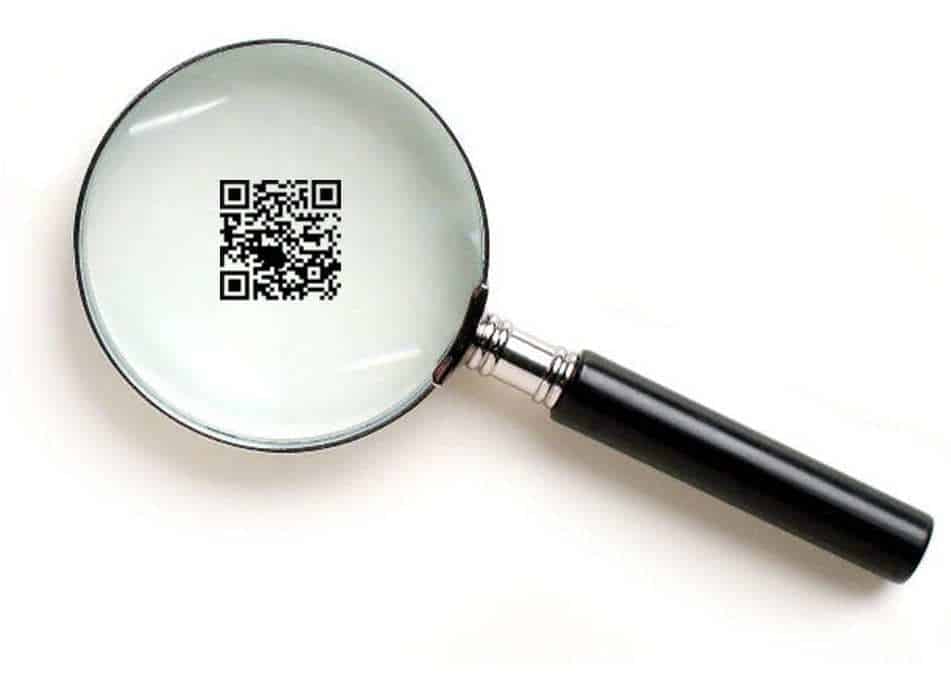 The Israeli startup has just announced its smartphone friendly barcode that “fades” the typical appearance.
The Israeli startup has just announced its smartphone friendly barcode that “fades” the typical appearance.
Ad and graphic designers may just sigh a breath of relief as they hear the news that an Israeli startup called Visulead has produced QR codes with an appearance that “fades” the standard appearance.
This new technology is designed to help to beautify the appearance of the barcodes.
The popularity of QR codes among marketers and smartphone users is rapidly growing due to their cost effectiveness and because they can be scanned by these very common mobile devices. However, the actual appearance of the barcodes is relatively unattractive, in that they are black and quite squares.
Until now, very little could be done to make the look of QR codes any more appealing.
Now, Visulead has announced that its new technology can reduce the typical look of QR codes by up to 70 percent. Its design – generation two – is currently patent pending. Its next generation is expected to be produced within the next few months. They believe that they will, at that point, be able to reduce the look of the barcode into little more than a square that indicates where the scanning should take place.
According to Nevo Alva, the CEO and co-founder of the startup “We think of our product as the ultimate marriage of QR code and image recognition technologies; essentially, an invisible QR code.”
These new Visulead QR codes are geared primarily toward advertisers and marketers, but the company says that they are open to everyone, and that individuals can use the website in order to make their own barcodes for free. Users who scan one of the free codes will be directed to a short landing page before they are sent to the actual destination of the scan.
For a $14 per barcode fee, small businesses can eliminate the stopover at the landing page. Visulead has also revealed that it is working alongside a number of brands in order to be able to provide its service on a larger scale, and to offer additional features such as reports on the QR codes analytics.
